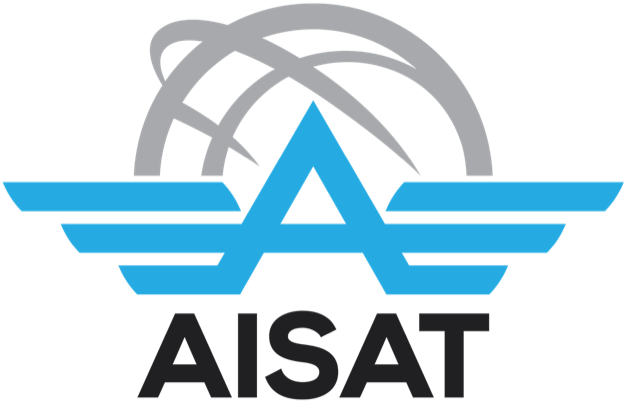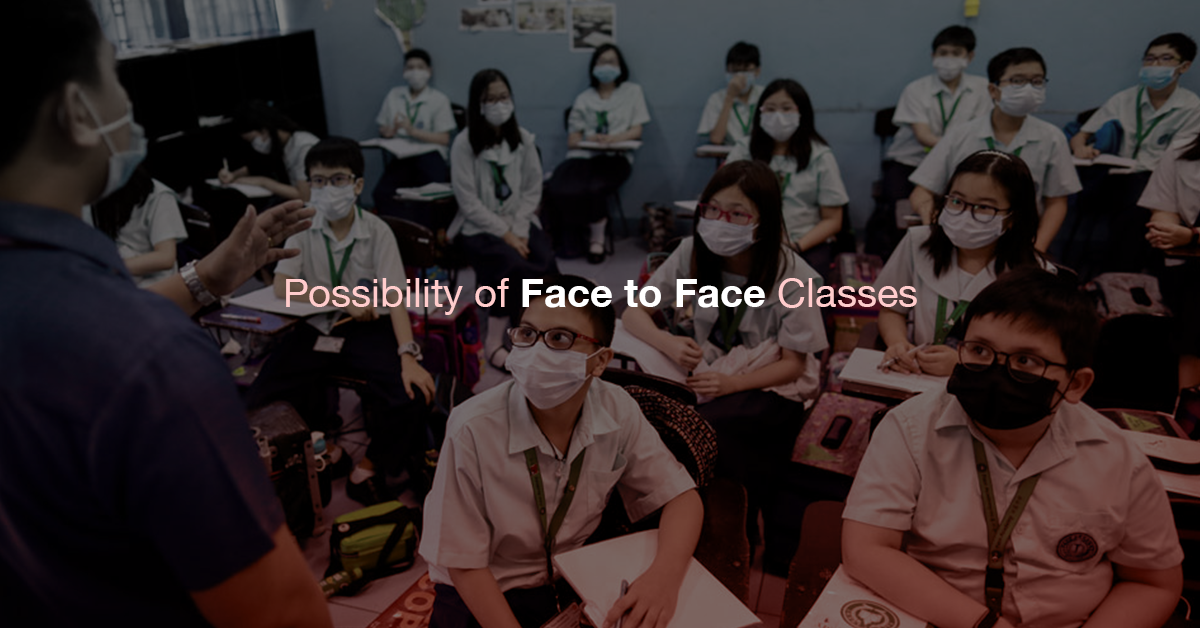March 31, 2021
by Kimberly Deaño
Last February, President Rodrigo Duterte decided to disapprove the face-to-face classes in the country without the COVID-19 vaccines. As the virus still continue to spread, the President rejected the idea of having face-to-face classes for the safety of the students as well as its faculty and staff.
Face-to-face class is a method used by the schools where learning materials are to be taught to students in person. This method is the traditional type of learning in schools as students can interact with the teacher and their classmates. No wonder that that face-to-face learning is an effective way of learning knowledge and skills as well as practical exercises for live demonstration and enable the learning of skills in respective courses and area of specialty. However, due to the pandemic that has arisen since the year 2020, schools and businesses was forced to do online classes and work from home strategy.
With online learning, students study in the comfort of their respective home. In this type of setting, classes are more relaxed, fits the everyday life of students and go to class without being late. However, like most of the people, students wanted to get back to the normal setting of having face-to-face classes as most of them say that learning is more effective when learned in person. Demonstration of activities especially for college students is highly needed for the preparation for their respective courses as well as the preparation of their real life job and passion.
Most students, as well as the schools petitioned to have face-to-face classes this year, mainly medical schools for the practical exercises of their students to gain the skills required. The instructions of in person learning regards the future of the students to train and be guided thoroughly in their selected courses and path.
What is the possibility of face-to-face learning? Though President Duterte stated that he rejects face-to-face classes last month, he recently renounced his decision and allowed limited face-to-face learning in areas categorized as low-risk or those in Modified General Community Quarantine areas.
As by far, Department of Education identified 1, 904 public schools nationwide for the pilot implementation of physical learning as their possible participants. Commission on Higher Education also announced that they gave 24 colleges and universities to allow limited face-to-face classes.
As long as the schools coordinate with the local government unit of their area, and comply to the to the Department of Health guidelines and is inspected by CHED and DepEd with the local authorities, education institutions can now have their limited face-to-face classes. Schools should also coordinate with the parents of their students for consultation that will serve their best interest especially in the safety of everyone and to have strategies during this time of need.
It is not undeniable the difference between physical and online learning. Though online classes are more efficient in time and cost, however, face-to-face classes are much productive and helpful when it comes to hands on training as well as the interaction between students-teachers and students-students is worthwhile.

